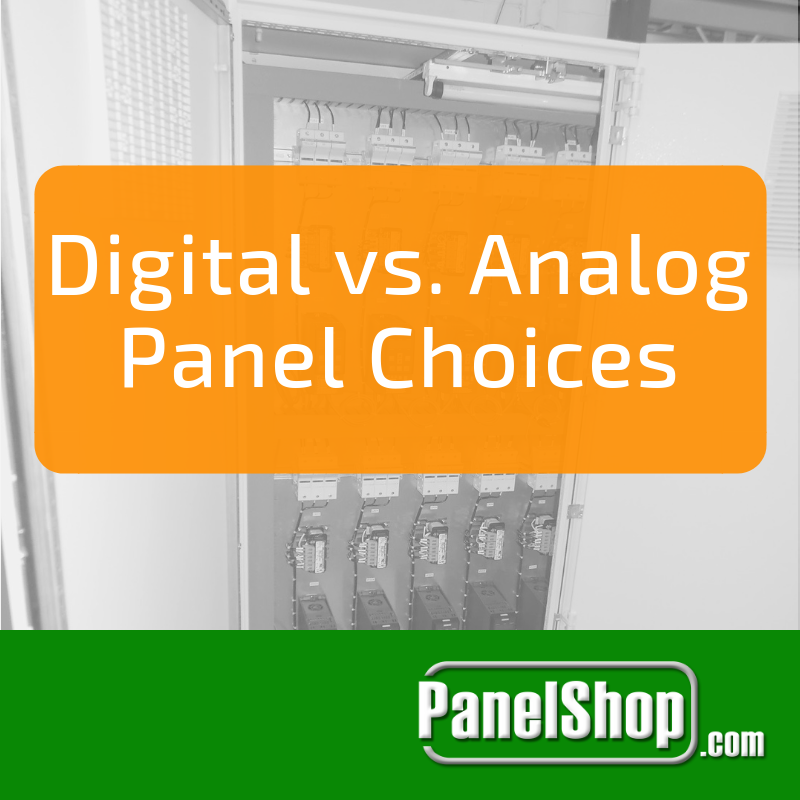.png?width=236&name=io%20(1).png) Remote I/O modules have been an integral part of the industrial world for decades. Whether there’s need for receiving sensory data or for sending actuator commands, remote I/O modules have always been there to make sure your automation scheme works. Today, this technology is undergoing changes, it’s becoming better, smaller, faster and more intelligent.
Remote I/O modules have been an integral part of the industrial world for decades. Whether there’s need for receiving sensory data or for sending actuator commands, remote I/O modules have always been there to make sure your automation scheme works. Today, this technology is undergoing changes, it’s becoming better, smaller, faster and more intelligent.
It’s often perceived that upgrading systems and keeping it in line with the latest trends would make it expensive and harder to maintain. One OEM in particular is out there to burst this myth: Husky Injection Molding Systems.
Based in Ontario, is a company that makes injection molding machines, molds, hot runners and integrated systems. Husky Injection Molding Systems have always been at the top of their game when it comes to automating their systems. They have been quick to adopt networked I/O as well as several other innovations. While the initial cost of hardware was high, the long-term result was extremely beneficial. As a result of frequent upgradations, Husky machines was able to save hundreds of thousands of dollars in material costs. In addition, there was an increase in productivity of around 12%. As the company is always adding functionalities to its systems, it finds itself short of I/O modules. Due to space limitations, they can’t keep stacking I/O modules on top of each other so the only solution left is deployment of higher-density I/O technology.
Expanding I/O Modules
Beckhoff Automation has long been trusted by Husky machines as the hardware vendor of choice. For medium to large scale machine builders, Beckhoff Automation has introduced an I/O module that plugs right into circuit boards. This means that the I/O modules will be designed specifically for a given set of electric components and perform tasks related to that system only.
While this approach may have a suffocating, non-scalable factor to it, it does bring in the benefit of simpler wiring, reduced errors and faster assembly. In addition, the new modules would sport a smaller size, i.e. 40% and shave off a lot of space, allowing extra components to be installed within the cabinet.
Coming to the financial side of things; some non-recurring expense is involved with these customized modules, which is significant for smaller demands. However, for larger volumes, i.e. more than 100 modules a year, the total cost comes down significantly.
Remote Decisions
Solutions must be proposed according to the underlying requirements. Expanding remote I/O modules may have its benefits, but it’s not suitable at all times. Generally, remote I/O modules provide a cost-effective solution when 50 channels are involved. The reason behind this statement is simple; adding more I/O modules is cost-effective as long as the cost of the cabinet can be tipped off. A more reasonable solution at times when limited scalability is required, is putting in higher-density I/O modules.
But, in the right conditions remote I/O can bring in value to the system. Siemens is already working on it, and already has products that can bring down the total cost. For instance, bus adapters that allow swapping out Ethernet ports can greatly help add flexibility to the system. Several remote I/O modules come with integrated ethernet ports which are prone to damage with repeated use. The Siemens solution allows replacement of defective ports without going through any hassle of configuration. The fix saves both time & money, and productivity.
Local Control, Remotely
Helmer Electric, a Wisconsin-based company has brought even greater simplifications to its remote I/O modules. The company designs & installs fully automated PLCs in heavy-duty industries such as excavation, construction and mining. The distance between the machinery and PLCs is in no way small and can go on for hundreds of meters.
Acquiring data for monitoring & control functions over such long distances means that special “expensive” communication cables are required. And what if these cables fail? How difficult would it be to troubleshoot and identify the problem? How to stop it from coming back?
To skip such demanding questions, Ethernet based TCP/IP communications were adopted. It is understandable that sensory data must make its way to the PLC in time, however at the same time it must be understood that too much data can create an information overload, burdening the PLCs’ processors. To make the network resilient in this case, data was exchanged using a memory-mapped protocol based on IEEE1394 standards. Such an approach ensured that data had alternate routes, reducing burden on a single line as well as minimizing points of failure.





